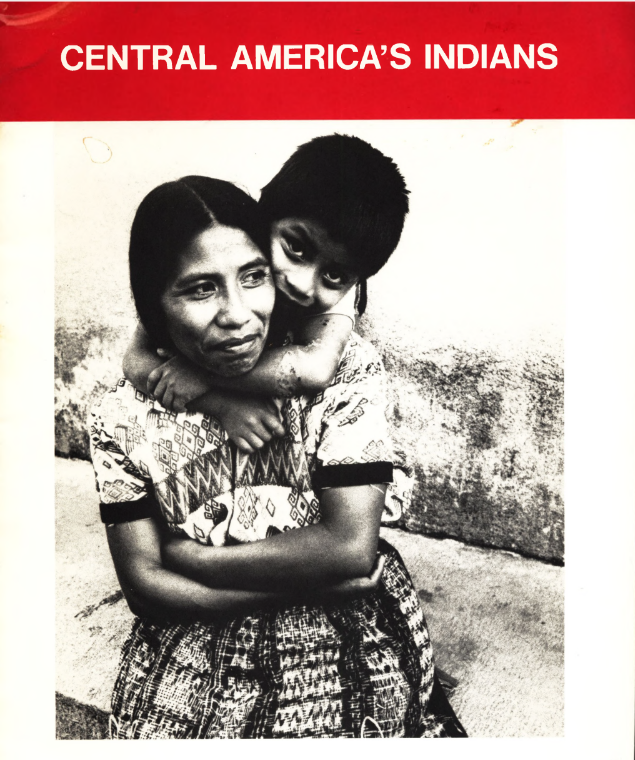Environment
The Cayman Islands are located in the western Caribbean Sea. The largest, called Grand Cayman, is situated northwest of Jamaica, The sister islands, Little Cayman and Cayman Brac, lie about 130 km northeast of Grand Cayman. All three islands were formed by large coral heads.
History
There does not appear to have been any significant permanent presence by indigenous Arawak-Taíno on the Cayman Islands. The first European contact occurred in 1503 when Christopher Colombus sighted Little Cayman and Cayman Brac, which he named Las Tortugas on account of the many sea turtles in the area. The Cayman Islands got their name from the indigenous Arawak-Taíno population’s word for crocodile (caiman). The name was adopted by the British privateer Sir Francis Drake, who landed in 1586. The supply of fresh meat provided by the sea turtle population led to the islands being a regular halt for European ships; this led numbers to dwindle, forcing local turtle fishers to go further afield.
The islands, along with nearby Jamaica, were ceded to England in 1670 under the Treaty of Madrid and were governed as a single colony along with Jamaica. As with Jamaica, slavery became an important component of the local economy. According to the first census conducted in 1802, there were 933 people on Grand Cayman, of whom 545 were slaves. When slavery was abolished in 1834, there were 950 slaves owned by 116 families.
When Jamaica became independent and joined the Commonwealth in 1962, the Cayman Islands remained a separate British overseas territory.
In 1994 and 1995 the islands were involved in the Cuban refugee crisis, when several thousand Cubans arrived in search of political asylum. Most were sent on to the US military base in Guantánamo, Cuba, while some were granted political asylum.
Governance
As a British overseas territory, the Cayman Islands have an appointed governor who represents the monarch. The governor has the power to veto any law passed by the Legislative Assembly which is popularly elected every four years. The territory is run by the nine-member cabinet, and the civil service falls under the jurisdiction of the chief secretary, who also serves as acting governor when required.
The Cayman Islands enjoy one of the highest standards of living in the world. The islands’ main sources of income are offshore financial services and tourism, which have replaced traditional turtle fishing and agriculture. With tens of thousands of incorporated companies and hundreds of banks, the territory is known as one of the largest tax havens in the world.
